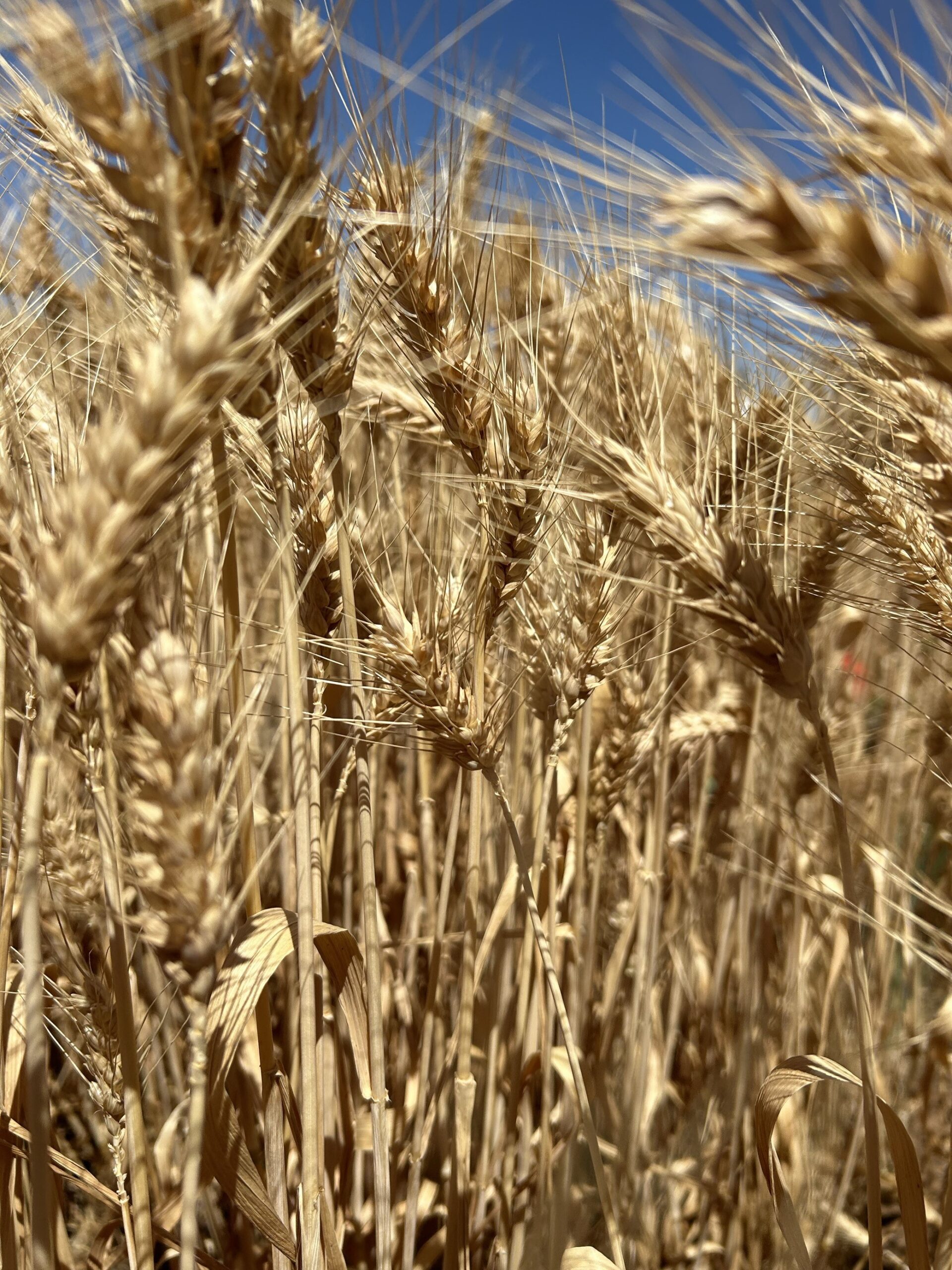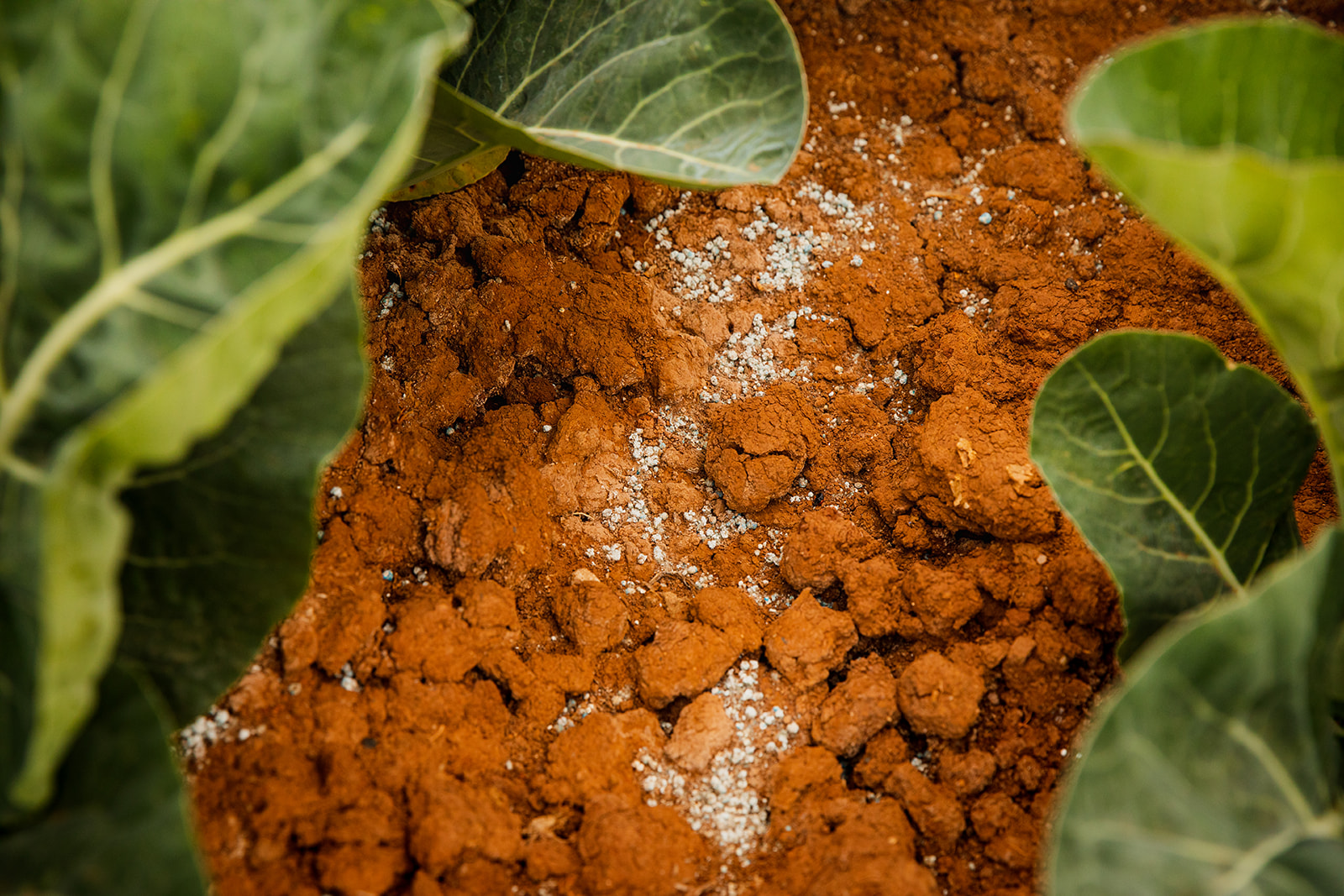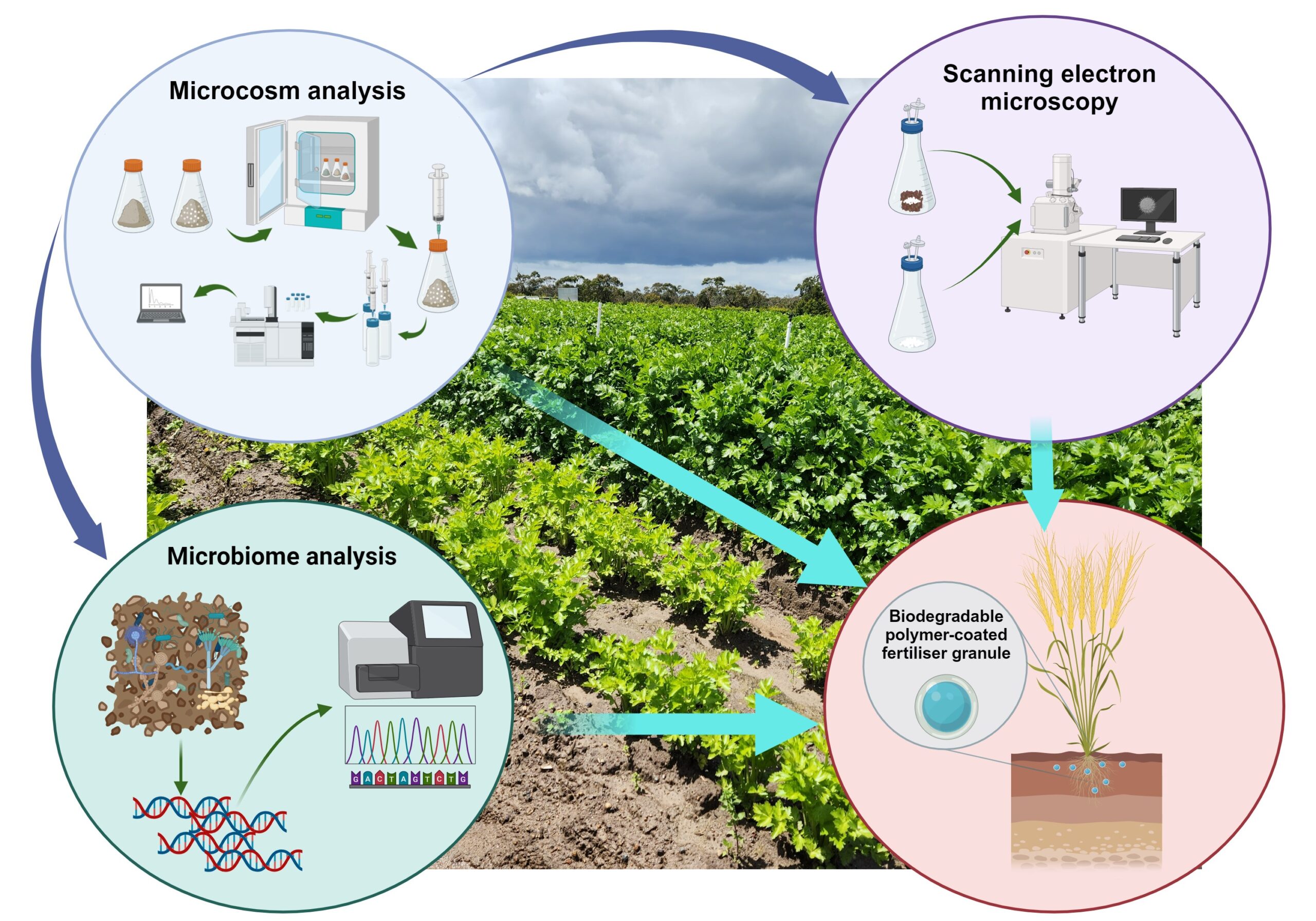Engineering biodegradable coatings for sustainable fertilisers
Zahra F. Islam, Pavel V. Cherepanov, and Hang-Wei Hu. “Engineering biodegradable coatings for sustainable fertilisers”. Microbiology Australia 44(1) 9-12. https://doi.org/10.1071/MA23003.
With the pressures of a changing global climate and ever-growing population, the need for sustainable agricultural practices that increase crop yields while decreasing greenhouse gas emissions are critical. Currently used practices to increase yields can often be problematic due to low nitrogen use efficiency or a potential over reliance on agrichemicals that can alter the community composition of a given ecosystem, although this is typically system and situation dependent. As such, the next generation of enhanced efficiency fertilisers that combine chemical, materials engineering and biological components are likely to be a game changer. Integral to their success is a better understanding of how plant–soil microbiomes interact with the new enhanced efficiency fertilisers, and how we can best tailor the fertilisers to suit different plant–soil combinations. In particular, the biodegradation properties of new fertiliser coatings must be given careful consideration so as to not further burden agricultural soils with microplastics or cause ecotoxicity problems. This perspective proposes novel, interdisciplinary strategies to generate highly efficient, biodegradable fertiliser coatings for use in the agricultural sector.
Read our summary blogpost here.




